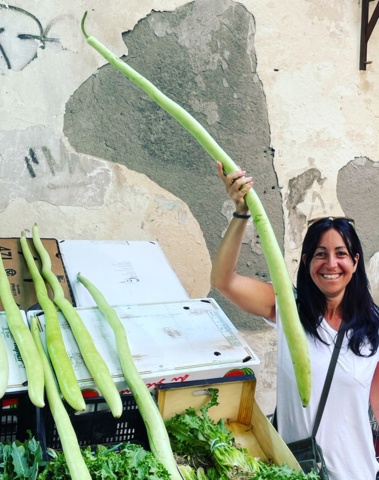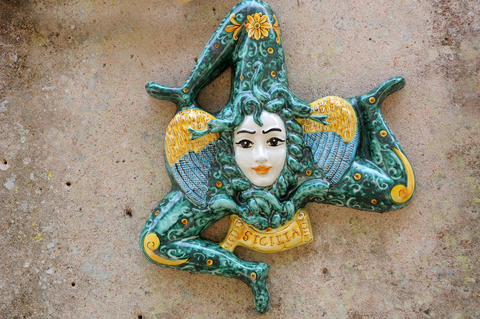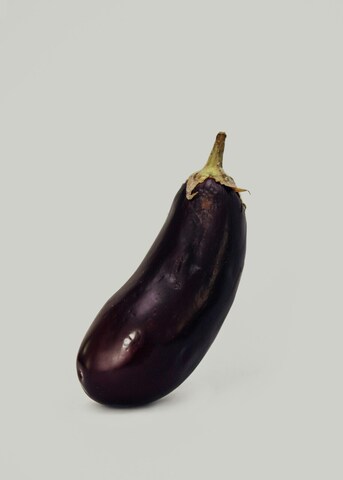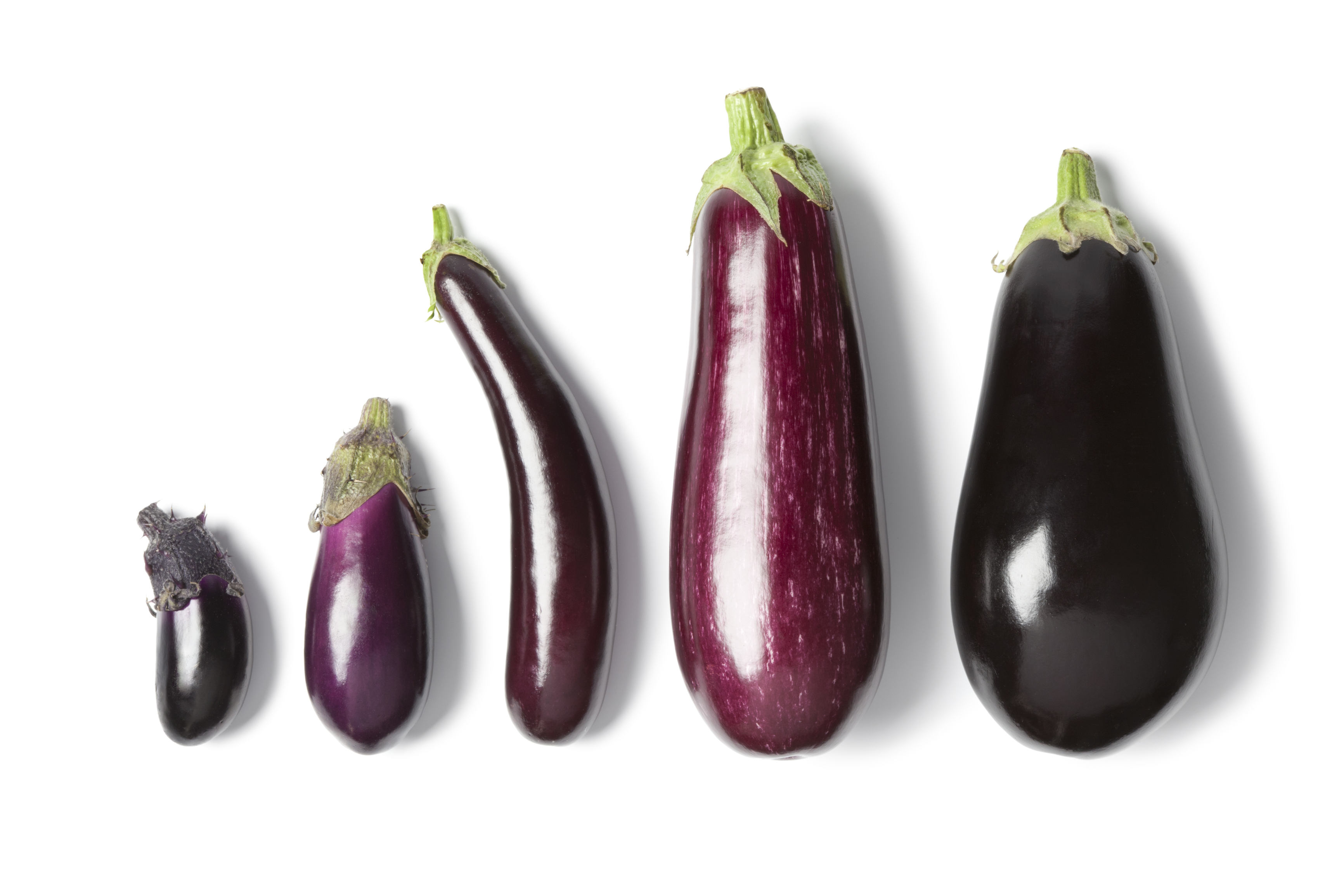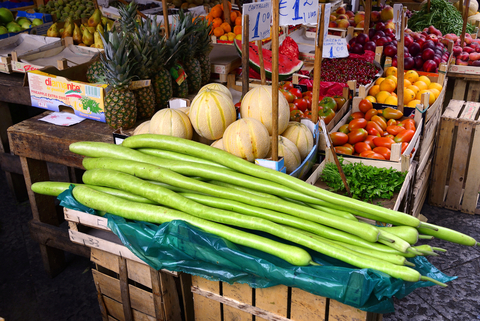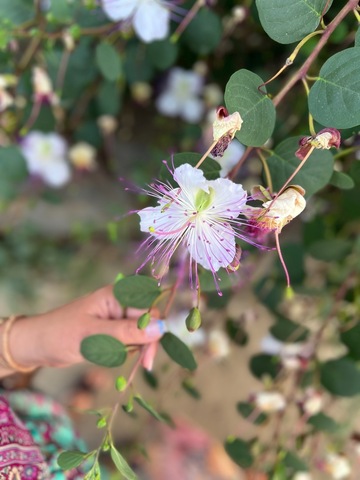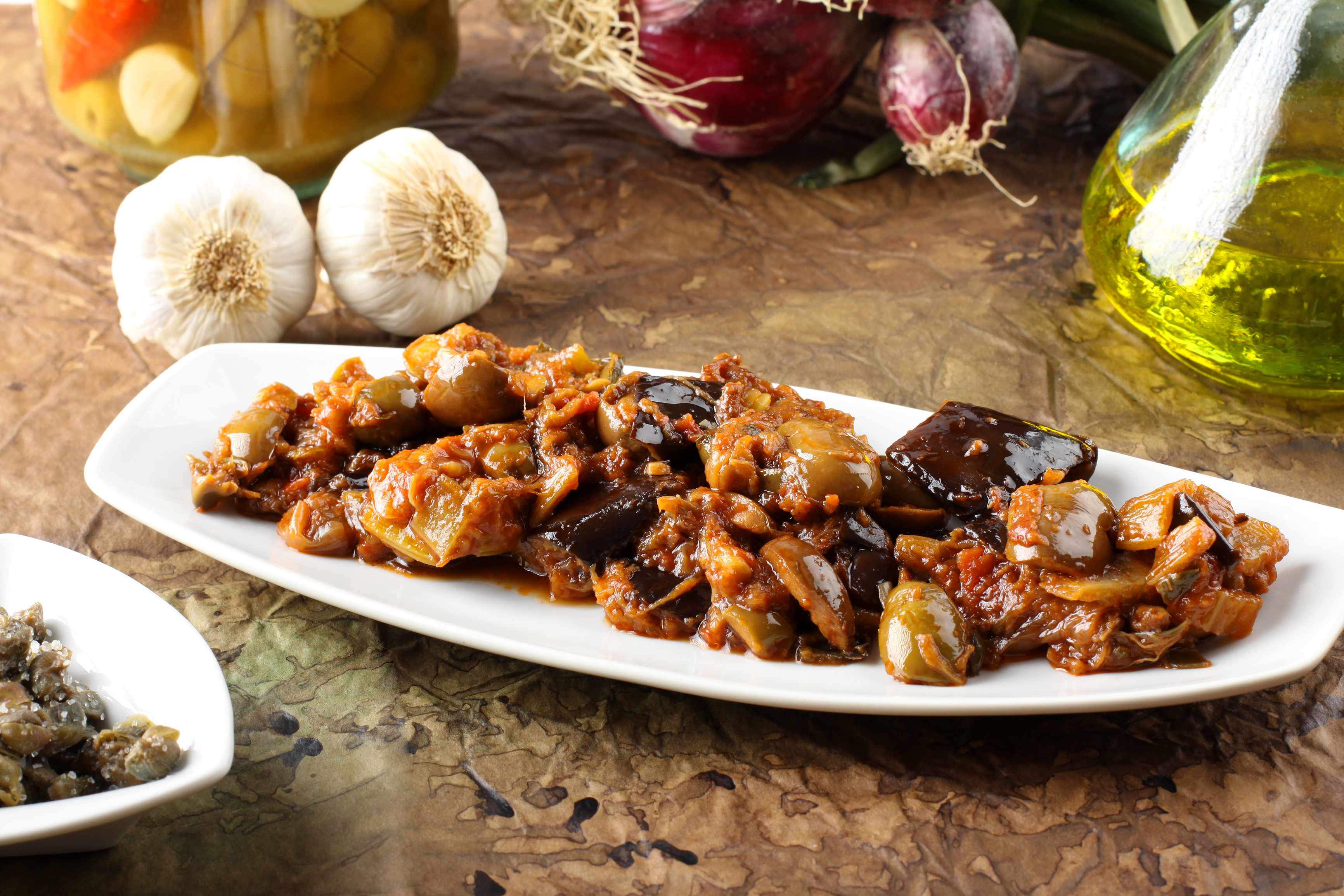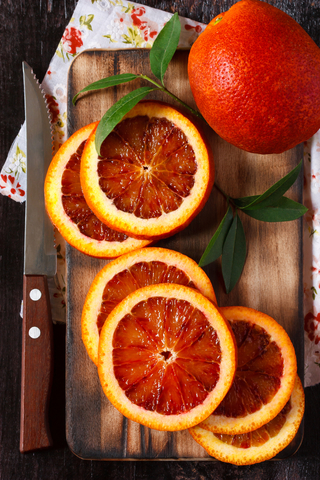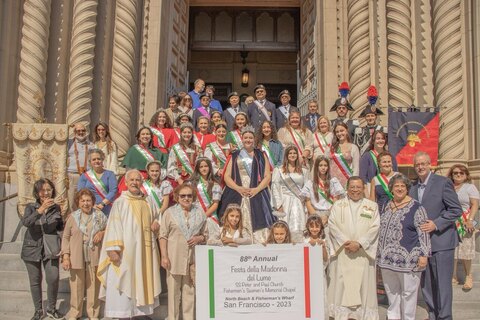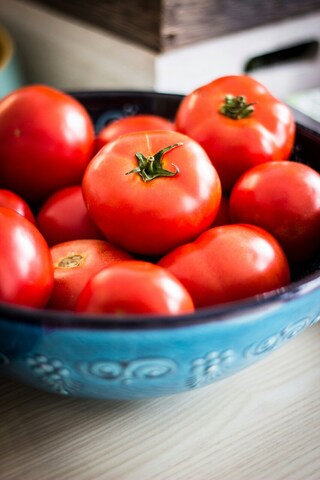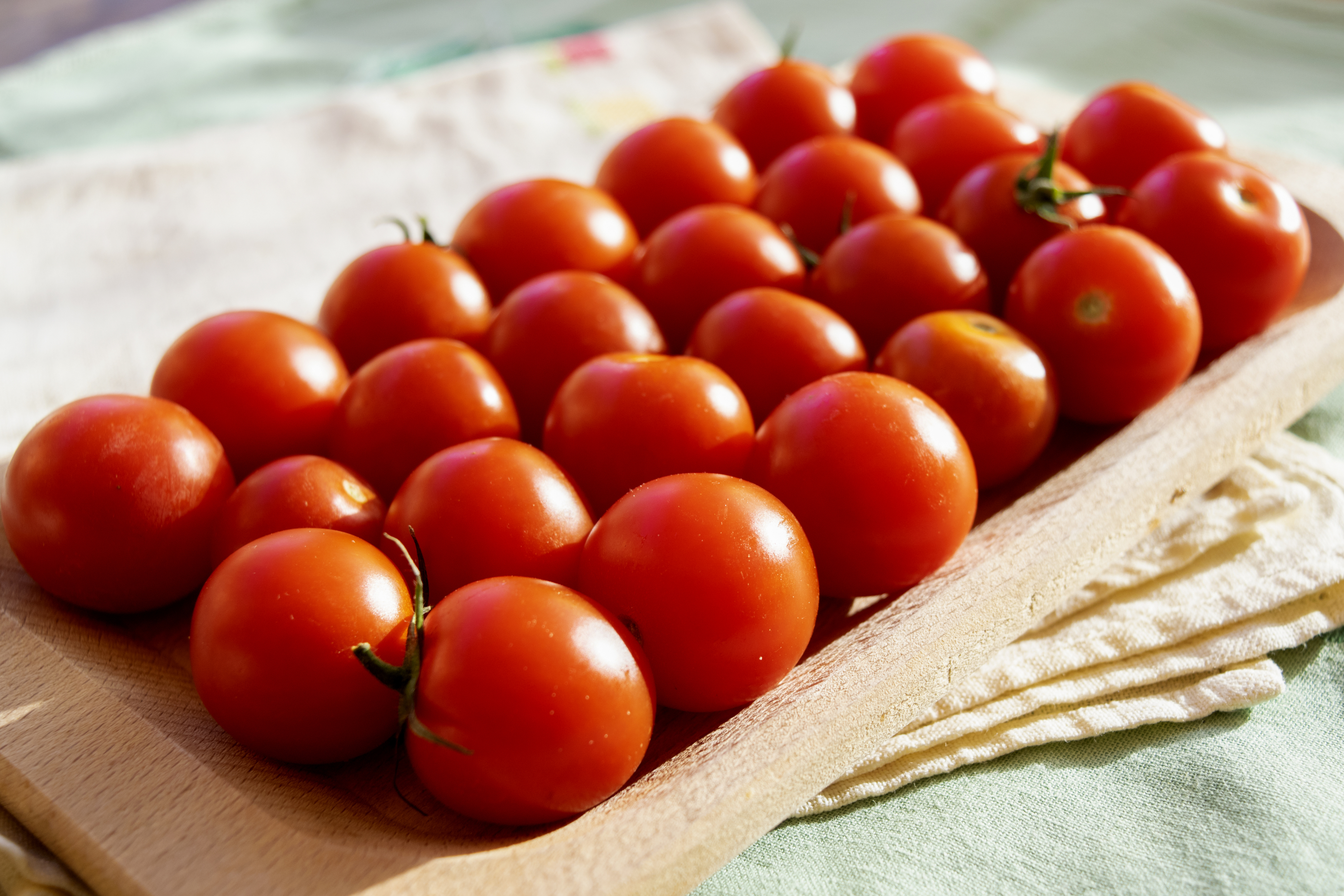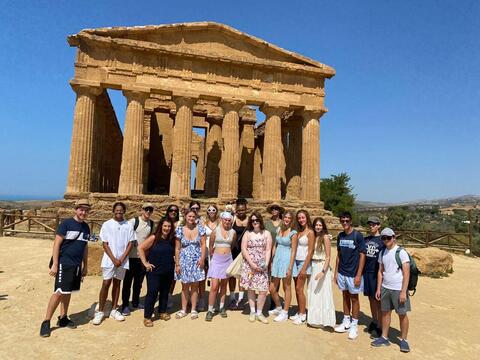Exploring Sicily’s Food History with Mary Taylor Simeti
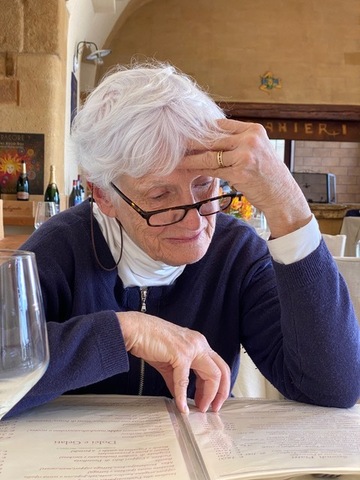
In the wake of the popular series From Scratch and season two of The White Lotus, Sicily’s having its moment as a destination. But that wasn’t always the case. Little was known of the region in the U.S.—except for its ties to organized crime and mobster movies.
Writer and native New Yorker Mary Taylor Simeti had a different view. Living in Palermo and working on her husband’s family farm, she sought to share insights into the island’s sacred festivals, colorful residents, and vibrant produce.
The result, On Persephone’s Island: A Sicilian Journal, transported to a whole new world, rich with introspection into what it means to be both a foreigner and a resident on Italy’s largest island.
Mary spoke to me about the challenge of publishing such a book in the 1980s. Thankfully, the former regular contributor to the New York Times and Financial Times persisted and followed up with Pomp and Sustenance, the first English-language Sicilian cookbook.
Read on for our chat about the fascinating history of Sicily’s food and how, at Bosco Falconeria, she and her husband paved the way for the island’s certified organic farming movement.
Tell me about your background.
Well, I am American-born and grew up mostly in New York City. But as soon as I finished college, I came to Sicily to work as a volunteer for Danilo Dolci, who had a center outside of Palermo for development work. Sicily was still extremely poor, and there was still a lot of bomb damage and other damage from the war and also from centuries of invasion and exploitation. I meant to stay for a year. I’ve been here now; well, it’ll be 62 years next month.
Where in Sicily are you?
I started out in Partinico, and then I spent 25 years in Palermo. And then we moved out once our children had finished high school in Palermo and were off studying elsewhere. We moved out to my husband’s family farm, which is halfway between Palermo and Trapani, which is the westernmost point of Sicily.
What drew you to Sicily, and why did you stay?
Well, what drew me was the possibility of doing volunteer work with a development organization. This was 1962. It was the period of the big period of the Peace Corps. I didn’t want to join the Peace Corps. I wasn’t sure that I wanted to work as a representative of the American way of life. I thought everybody was entitled to their own way of life. I thought I wasn’t going to stay very long, but I met my husband, I married him, and we thought we were going to be traveling around the world.
He was an agronomist (an agrarian economist), and he had applied to the FAO. We imagined a sort of itinerant life in the developing world with our basis here in Sicily. But then, two years after we were married, his oldest brother, who was running what was left of the family farm and taking care of the aging parents, died very suddenly. And we were left holding the bag, so to speak, and it became a passion. We were reluctant in the beginning but very glad in the end. The whole thing is, my whole life has been sort of serendipous. It’s not planned.
How has your perspective on Sicilian culture evolved since you first arrived?
I was a medieval history major in college. And so I knew that sort of Sicily. I knew very little about modern Sicily. I came with curiosity, and I had the good luck to work together for a couple of years with an American anthropologist who was also volunteering at the center. She gave me tools to read what I was seeing. I don’t think I had a very clear idea in the beginning, but I was open to finding out.
I didn’t have a stereotype. Sicily was off the charts those days. People, it was considered a black hole of mafia and poverty and dried out wheat fields. I mean, a lot of people didn’t have any idea of the enormous cultural heritage that is. And still, when my first book, On Persephone’s Island, was published in 1986, the first editor I talked to about it in New York said to me, “Well, of course, you realize nobody wants to read the book about Sicily, but I like this idea… Why don’t you develop that?” I said, well, I’m not interested in developing that. I’m interested in writing about Sicily. And I went elsewhere. I was lucky, but I managed to find people who were curious.
What was your goal withOn Persephone’s Island?
Well, I had always loved writing, but I had this feeling that I couldn’t write a book about Sicily unless it were a definitive work, and it was obviously beyond me. I don’t think there’s anybody who could do the definitive work on Sicily because it’s such an ancient and multifaceted place and culture. But I started writing the book because I had been asked to accompany a group of alumni from my American college around Sicily. Though I wasn’t prepared to be an art history guide, I started telling people about what they were seeing in the fields, what was growing, how it was used, and how it was harvested. A lot of information that I had gained simply by living on a farm and because of what my husband did, but information that’s not included in guidebooks. And I discovered that people were really interested.
What unique aspects of Sicilian cooking have you shared over the years with your books?
Well, for one thing, its antiquity. I mean, it is fusion cooking over the millennia, basically because it was conquered many, many times. What are considered the indigenous people of Sicily were not. People were living here at the end of the Ice Age.
There were three different peoples that came in: The Greeks came, and then the Romans came, and the Phoenicians were already here. Then, the Arabs came in and took over Sicily in the ninth century, and they were kicked out by the French Norman, a small colonizing force of roving knights. The Normans built a magnificent civilization that synthesized the great works of Norman architecture, the cathedrals, called the Arab-Norman Cathedrals, which have a combination of recycled Greek or Roman sculptures and mosaics from the Byzantine with Arab motifs. And they were glorious mixtures of all these traditions. And then we had the French, and then we had the Spanish, and then we had the Northern Italians, and so forth and so on. It goes on and on and on. Each of these people brought in not only new ideas and new art forms but also new plants and new vegetables and new fruits and new methods of cooking them.
How was Sicilian cuisine influenced by its diverse historical rulers and cultures?
I do know that in a cave, in a cavern on the western shore of Sicily, they’ve found lentils, chickpeas, and farro, which were developed in Anatolia and the Mesopotamian Highlands around 10,000 B.C. So people came and brought with them the foodstuffs. The known prehistoric peoples that came to Sicily were probably eating much the same basic diet as the Greeks.
One of the things that has determined Sicily’s importance in history and how things have played out is the fact that it is mostly volcanic, extremely fertile soil. It’s a big island. It’s the biggest island in the Mediterranean, has a very central position, and very, very fertile soil yields much greater than anything the Greeks had ever seen in Greece, for example. Whereas classical Greece was praising the “Golden Mean” moderation of all things in terms of food. That was an invention of necessity. They couldn’t indulge enormously because they didn’t grow enough food.
One of the reasons for Greek colonization across the Mediterranean was the search for new sources of food. When they got to Sicily, they went a bit wild and started developing a very elaborate cuisine. The first cookbook in the Mediterranean world was written in Syracuse, and the first school for professional chefs was in Syracuse. There are certain traits that are still very common that come from the Greeks, such as the use of dried currents together with pine nuts, which is often attributed to the Arabs but was in the Roman cookbooks, which were, in turn, inspired by the Sicilian chefs.
Sicily is famous for its pastry traditions, and there are two very different traditions. One is the simpler cakes and biscuits, and very often with a fig filling using sesame seeds, but the Greeks sweetened with either honey or had vincotto, a boiled-down grape must.
When the Arabs came, they brought cane sugar, which arrived in Europe first through Sicily and then through Muslim Spain. It gave a much wider range of possibilities because it crystallized and remained crystallized, which honey or vincotto didn’t.
They brought in almond paste, and they brought in crystallized fruit, and together, with the sugar, a whole tradition that became in the 12th and 13th centuries an important economic export of Sicily, famous for the sweet stuff that they sent north.
Then, they brought in new vegetables. They brought in the artichoke as we know it today, probably the lemons and certainly the bitter orange. The eggplant was brought by the Arabs, but whether they came here first or whether it came back here later from Spain with the Spanish Muslims is a question.
The Arabs were the first people to bring in and produce dried pasta as we know it today. The Romans had things they did with wheat and water that were similar, but the idea of a dried thing that you then boil came here thanks to the Arabs.
Tell me about your farm, Bosco Falconeria.
It’s on the edge of the boundary between the territory of Partinico and the territory of Alcamo. But it’s an area in which most of the land belongs to people from Alcamo.
This piece of it was bought by my husband’s grandfather in 1930. So it is close to a hundred years we’ve been here. My husband and I rebuilt the farmhouse, which was not in good shape but was quite badly damaged in the 1968 earthquake. And we used the government subsidies for earthquake damage to rebuild the frame of the house.
My husband’s grandfather was a wine merchant maker. The wine that was made here on the farm was wine that came not only from his own grapes, but in that era, this was an area of small farms; there were no cooperative wine cellars. So, the small peasant with a few acres of vineyards was at the mercy of a middleman who would charge him outrageously high interest on the money. They advanced him so that he could get through the next year’s cultivation.
My husband’s grandfather was a wonderful man, and he loaned money to anybody who asked him without ever charging any interest. So he had a fairly good-sized clientele; people who came brought him their grapes. The wine was made here and stored here. And then most of it was taken down in barrels, mounted on Sicilian carts, to the port, where there were the warehouses of the big vermouth companies. Because in those days, most Sicilian wine was not table wine. It was a very strong wine that was used either to make vermouth or was sold in Europe to be taken to Northern Europe to bring up the alcoholic content of the much weaker northern wines.
The alcoholic content of wine depends on how much sun the grapes get. It’s the sun that brings out the sugar content, and in northern climates, wines tend to be much lower in sugar content and, therefore, less stable. The stronger the wine, the better it keeps and the better it ages.
So that’s what Sicilian wines were: mostly really strong stuff still. The big transformation of the Sicilian wine industry started in the seventies, and now almost all the wine I think that’s produced here is table wine. Some of it’s still pretty undrinkable, but most of it is really excellent. The wine picture has changed totally since I’ve been here.
Aside from wine grapes, what else do you grow?
We have olives, we have table grapes, and we have avocados, which are a novelty here. We have a small mixed citrus orchard. We sell some grapefruit and some oranges, but mostly, they are for family consumption in one way or another. And we don’t do much in the way of vegetables anymore. We used to, but they’re so labor-intensive.
We went organic before there was organic certification in Italy in the second half of the 80s. And in the beginning, it was worth it. Even though we had to pay a lot in labor costs, it was worth our while to produce organic vegetables because there weren’t that many producers of organic vegetables. Nowadays, there’s a lot of organic produce in Sicily, more than any other region in Italy.
You’ve written six books. What do you hope readers take away?
Well, in the beginning, I really wasn’t thinking about that. I was just hoping that there were some people out there who might be interested in things that I found so interesting about Sicily. I was first told nobody wanted to read about Sicily. And then, when I told my editor I wanted to do a history of Sicilian cuisine, she said, “Oh, is there one?” And Pomp and Sustenance was the first book in English on Sicilian cooking. Americans, for a long time, didn’t even realize that there was anything more essential than the difference between the white cuisine of Milan and the red cuisine of Naples.
In the beginning, it was simply to talk about the things that were interesting here and hope I could pay back Sicily for all it’s given to me. I felt like a self-appointed ambassador.
I’ve had so many beautiful letters from people who say, “You gave me back childhood recipes my grandmother used to cook.” That has been totally unexpected but very, very rewarding.
If you enjoyed this article, consider subscribing to my newsletter for more content and updates!
